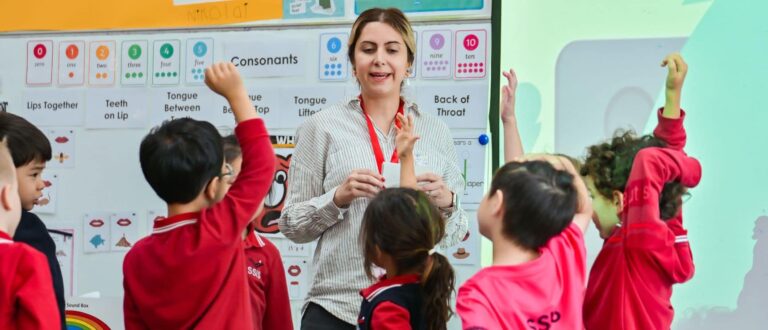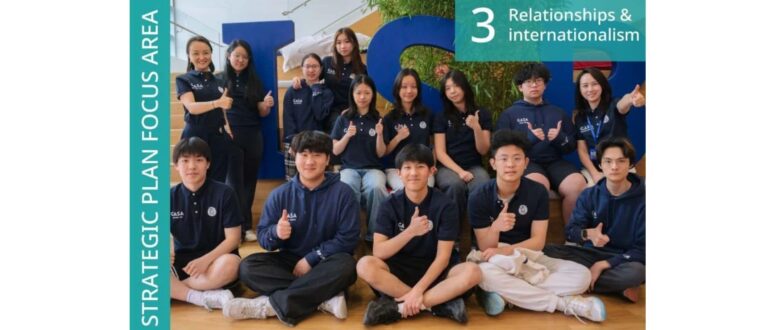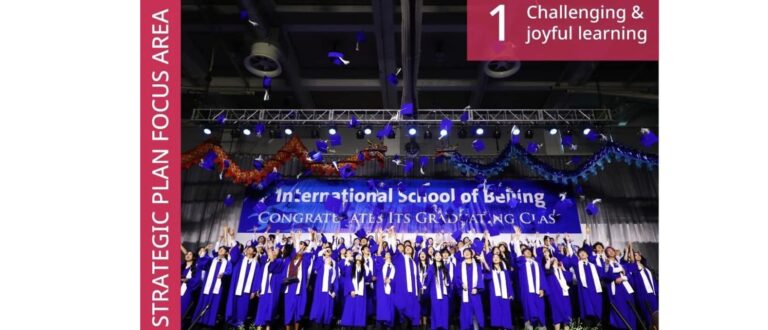Two weeks ago, early on a Friday morning Beijing time, I was in a group Zoom discussion led by Maxine Williams, the Global Chief Diversity Officer at Facebook. About 50 people joined in from different time zones. The topics, advertised in advance, were the following three:
Topics
- How are global organizations responding to Black Lives Matter and approaching the issue of diversity in the workplace?
- How might they innovate as the conversation moves from diversity and inclusion to ending systemic racism?
- How might individual employees, organizational leaders, and board members alike navigate and catalyze change?
The meeting began with a conversation about the language surrounding diversity, and the people employed in large corporations to promote diversity in all its forms. It was noted that Chief Diversity Officers were now, in some cases, being called Chief Equity Officers and even, in a few, Chief Belonging Officers. These shifts are not empty phrases: they signal a move away from a focus on the recruitment and retention of a diversity of colleagues, and talent, to the creation of a culture within organizations of integration, inclusion, and belonging. The difference was described like this: ‘Diversity is being asked to the party, inclusion is being asked to dance.’
Partying and dancing are apt metaphors. Who wants to be at a party and stand on the side? But being asked to dance might not be enough. As significant is this question: How much dance time does each person in the organization have? That is never going to be the same for all, nor should it be, but it is an important issue. Also related to the issue of ‘dance time’ is this one, which the group considered: ‘How do you address a culture of silence in organizations when people do not step up and speak out?’ It is my belief that institutions improve when people reflect on what works well, and what does not work so well, and share those views within their community. In order for sharing to occur openly, there needs to be a culture and a climate of trust. Above all, there must not be any fear of retaliation after people have voiced their opinions.
Facebook has about 200 paid people working on diversity and inclusion every day. That is a massive dedication of resources to an issue that is clearly thought to be of great importance to the good health and productivity of the company. Recruiting diverse workers and retaining them is important, but creating a climate where all feel included in the culture is vital. Facebook is a global company; Keystone is a single school. So, what might all this have to do with us? I have selected just three observations to pass on to you.
First, all organizations have groups; in-groups and out-groups, majority and minority camps, dominant and subordinate sets. The work of building inclusivity and belonging never ends, and it sometimes shifts. Some of this happens at a surface, even a temporary level. Right now, we have teachers and students (and parents) stuck outside China, and we need to keep on finding ways of including them until they return. But it is at the deeper, systemic level that real and lasting change can occur. I wrote in early June about the anti-black racism that seems systemic in the United States and, indeed, in many countries. All communities, in my experience, have systemic biases that operate at a deep, often unseen or unacknowledged level. It is at the systemic or structural level that real change can occur. We need to keep on deconstructing our own school’s systemic exclusions, and then reconstructing something more embracing.
Second, sharing improving thoughts, and thoughtfulness, in all directions but especially ‘upwards’ is vital. I like to think that I have an open door to my office, both literally and metaphorically. I encourage this attitude in my colleagues. I hope that members of our community feel that they can come to speak to me about any matter that they think will lead to change and improvement at Keystone. Some do. But I have to remind myself that many will not feel inclined to make use of this or feel safe about doing it. That might be even more marked within a Chinese context. And so, we all need to keep on working together to encourage constructive and critical thinking and talking and trusting that is intended to make our school better and to help it grow.
Third, we need to pay close attention to the ways in which some of these issues are playing out in the countries to which our Keystone graduates aspire for their college and university education. Our students should be prepared in advance for the raw, vulnerable sensitivities surrounding anti-black racism in the United States, as well as for other dynamics of exclusion operating there and elsewhere. Here is an instructive example. Professor Greg Patton at the University of Southern California was giving an online lecture on August 20 in his course called “Communications for Management”. He made reference to words that are called ‘fillers’ by linguists – words such as ‘um’, ‘er’, ‘so’, and ‘like’ in English – which allow the speaker to prevent uncomfortable pauses and ‘fill’ gaps in discourse. To give his address a cross-cultural dimension, he mentioned the use of 那个 in Chinese, trying to pronounce it as it is said, nèi ge or nà ge. However, in saying this word aloud a few times, as it is often used in Mandarin, he sounded to some of the black students listening as if he were uttering a racial slur. A group of students wrote to the university authorities in this way:
Our mental health has been affected….It is an uneasy feeling allowing him to have the power over our grades. We would rather not take his course than to endure the emotional exhaustion of carrying on with an instructor that disregards cultural diversity and sensitivities and by extension creates an unwelcome environment for us Black students.
Professor Patton was asked to stop teaching this course (it was taken over by a colleague) while further investigations were conducted. At the very least, our students should be made aware of a context like this that is so very different from what they might be used to.
Let me go back to the beginning and respond in one sentence to the three ‘how’ questions near the start. We make progress and move forward by observing compassionately and thinking historically; by analyzing justly our own systems of exclusion and structures of subordination; and by talking honestly, listening with respect, and acting wisely.
I hope that we will continue to enlarge the inclusivity of our oasis that is Keystone.
With warm regards,
Malcolm McKenzie, Head of School







